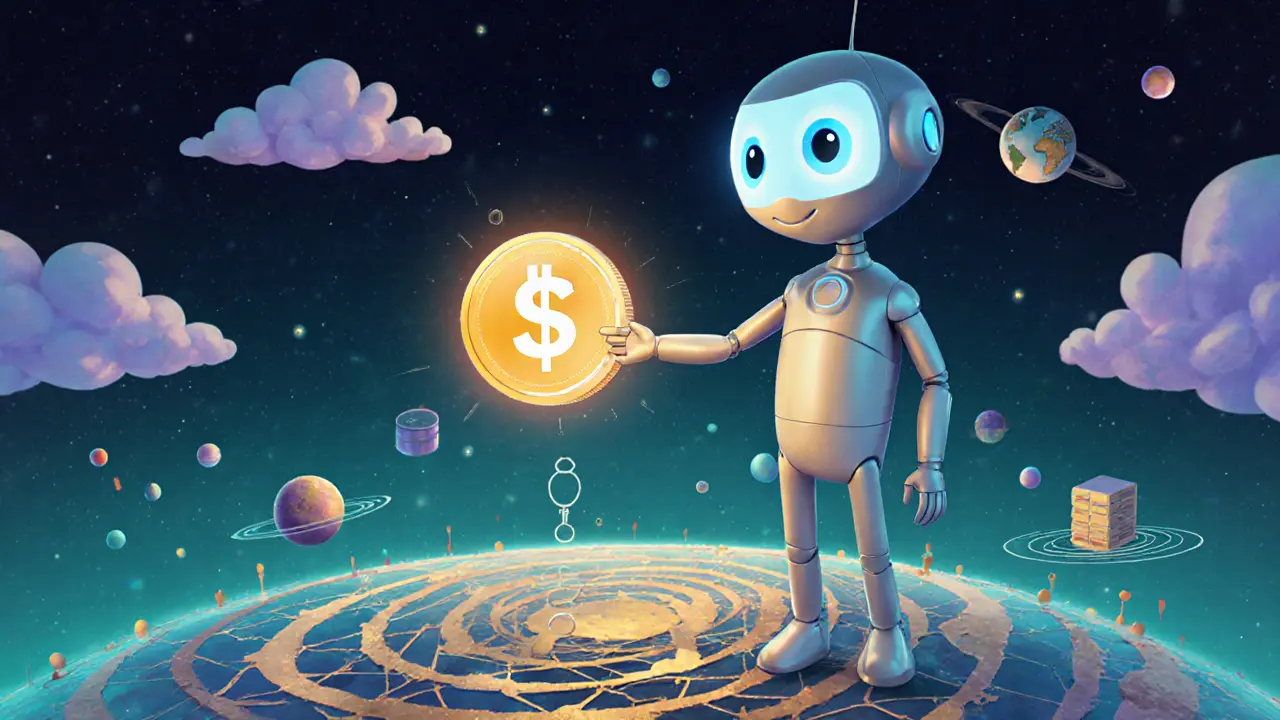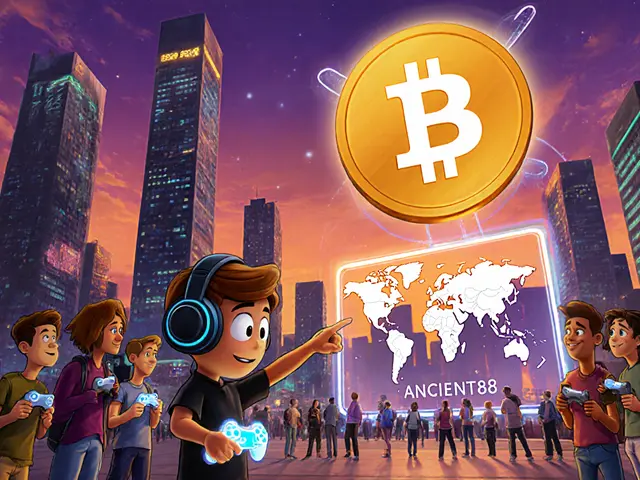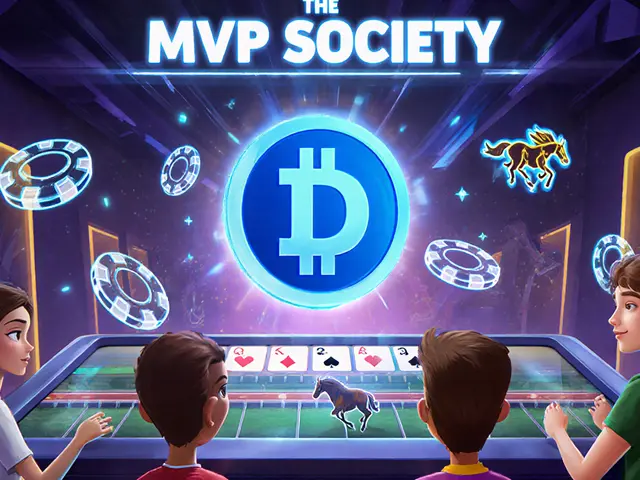Blockchain AI: How AI Is Changing Blockchain Projects and Tokens
When you hear blockchain AI, the fusion of artificial intelligence with decentralized ledgers to create smarter, self-learning crypto systems. Also known as AI blockchain token, it’s not just hype—it’s already shaping how tokens like CreatorBid (BID) let creators run AI agents, or how Numogram (GNON) tries to track AI communication on a ledger. This isn’t science fiction. It’s real projects with real tokens, and most of them are still early, risky, and barely understood.
What makes blockchain AI different from regular AI? It’s the combo: AI runs on blockchain to be transparent, tamper-proof, and decentralized. That means instead of one company controlling an AI model, it’s open for anyone to verify. Projects like CreatorBid (BID) use this to let users train AI assistants that earn crypto by posting content. Others, like Numogram (GNON), claim to log AI behavior on-chain to predict trends. But here’s the catch—most of these projects have tiny teams, almost no users, and prices that crash when the hype fades. You can’t trust a blockchain AI token just because it says "AI" in the whitepaper. Look for actual activity: are devs pushing code? Is anyone using it? Is there real trading volume? If not, it’s a gamble, not a tool.
Some blockchain AI projects tie into bigger trends. The AI crypto space overlaps with NFT airdrops, DeFi yield strategies, and even Telegram-based trading bots. You’ll find AI-linked rewards in projects like The Sandbox (SAND), where AI helps generate virtual worlds, or OneRare, where AI suggests ingredient combinations for food-themed NFTs. But most of the time, AI is just a buzzword slapped onto a token that’s really just another meme coin. The real winners? The ones solving actual problems—like automating creator income, cutting gas fees with smart routing, or predicting market shifts using on-chain data. That’s what you’ll find in the posts below: real examples, not just names. Some are working. Some are dead. Some are outright scams. You’ll learn how to tell the difference.



